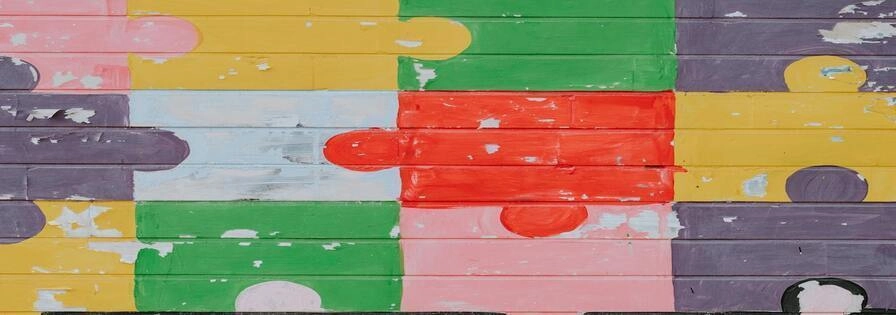
Setting up a blog with Jigsaw
blog developmentWith the blog post you will learn how to set up you own blog with Jigsaw.
Prerequisites:
* PHP 7.4+
* composer
Let us get started
open your terminal, and type in
$ composer require tightenco/jigsaw
$ ./vendor/bin/jigsaw init blog
And that's it for now.
Watch the result
Now you can watch you blog
$ ./vendor/bin/jigsaw serve
Now go to http://localhost:8000 and you will see the demo blog from Tighten.
There are a few things that you should pay attention to. Bellow there a snippet of some of the directories.
Every category you want on your blog, you need a markdown file in your _categories-folder. The Layouts are all stored in the _layouts-folder, and last but not least, the blog posts itself are located in _posts-folder.
── _categories
│ ├── configuration.md
│ └── feature.md
├── _layouts
│ ├── category.blade.php
│ ├── main.blade.php
│ ├── master.blade.php
│ ├── post.blade.php
│ └── rss.blade.php
└── _posts
├── custom-404-page.md
├── customizing-your-site.md
├── fuse-search.md
├── getting-started.md
├── mailchimp-newsletters.md
└── my-first-blog-post.md
The blog posts have a structure like
---
extends: _layouts.post
section: content
title: My First Blog Post
date: 2017-03-23
description: This is your first blog post.
cover_image: /assets/img/post-cover-image-2.png
---
This is the start of your first blog post.
The section between the --- is the metadata which all can be reached within the template (_layouts/post.blade.php) by using $page->title or $page->date. The part after the --- is simple markdown and your blog post, the <h1> will, with the default template, be rendered from the title so you would not need to add a # Headline yourself.
The filename in this case my-first-blog-post.md, will also be the URL of the post e.g. http://localhost:8000/blog/my-first-blog-post
And now?
Now you are ready to start tweaking the setup to fit your needs. Instead of using the ./vendor/bin/jigsaw serve you can also use npm run watch which will start a browser with hot-reload on changes, so that you will not need to refresh your browser on every change.
Disclaimer:
If adding a new blog-post you would need to restart the jigsaw serve or npm run watch otherwise it will not detect the new file.
Deployment
For deploying your new blog, I recommend looking at the Jigsaw Documentation, to find the one matching your needs. I'm deploying my blog with netlify.
Conclusion
I think I have till this day not worked with a blog system that was easier to get started with than Jigsaw, I really enjoy working with it, and it got me started really fast.
Hire Me?
I work as a freelancer in my company 7th Green, specializing in PHP development and DevOps. My main strengths include TYPO3, PHP in general, DevOps and Automation.
Please reach out, I will be happy to talk about your project.

